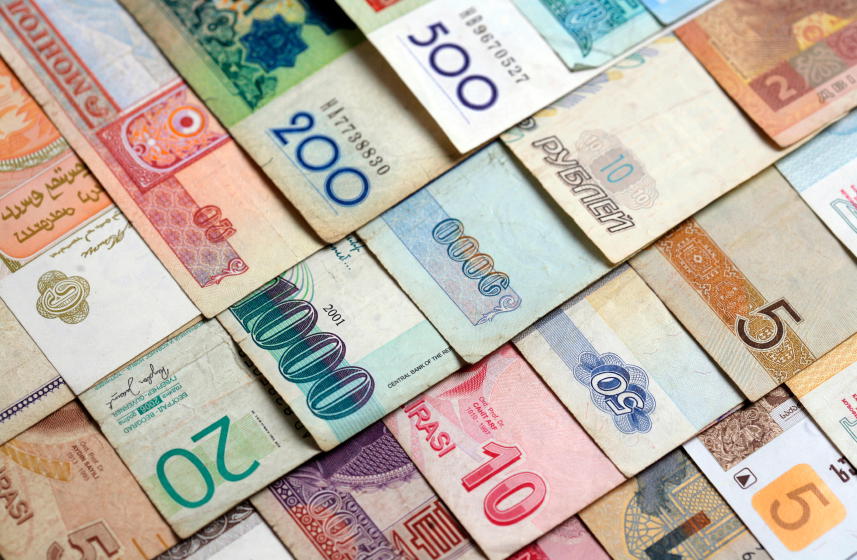According to the Central Bank of Nigeria (CBN), direct foreign exchange remittances to Nigeria decreased year-on-year (YoY) by $10 million or 0.84%, totaling $1.18 billion from January to July 2024, compared to $1.19 billion in the same period of 2023.
Key Highlights:
- Monthly Breakdown:
- January: $138.5 million
- February: Decrease to $39.14 million (down 71.7%)
- March: Recovery to $104.9 million (up 168%)
- April: Further increase to $193.3 million (up 84.2%)
- May: Peak at $365.4 million (up 89%)
- June: Drop to $270.5 million (down 26%)
- July: Further decline to $72.3 million (down 73.2%)
The highest remittance recorded during this period was $365.4 million in May 2024. The data shows significant volatility in monthly transactions, with large fluctuations observed throughout the seven months.
Global Context:
The World Bank reported that remittance flows to Low and Middle-Income Countries (LMICs), including Nigeria, slowed between 2022 and 2023, amounting to an estimated $656 billion. This represents a marginal increase of 0.77% compared to the 8.3% growth seen between 2021 and 2022.
Future Projections:
The World Bank anticipates that the growth rate of remittance flows to LMICs will recover, with expectations of:
- 2.3% growth in 2024
- 2.8% growth in 2025
- Projected total remittances reaching $690 billion by 2025.
This data indicates ongoing challenges in remittance flows to Nigeria, influenced by broader economic trends affecting low and middle-income countries globally.

